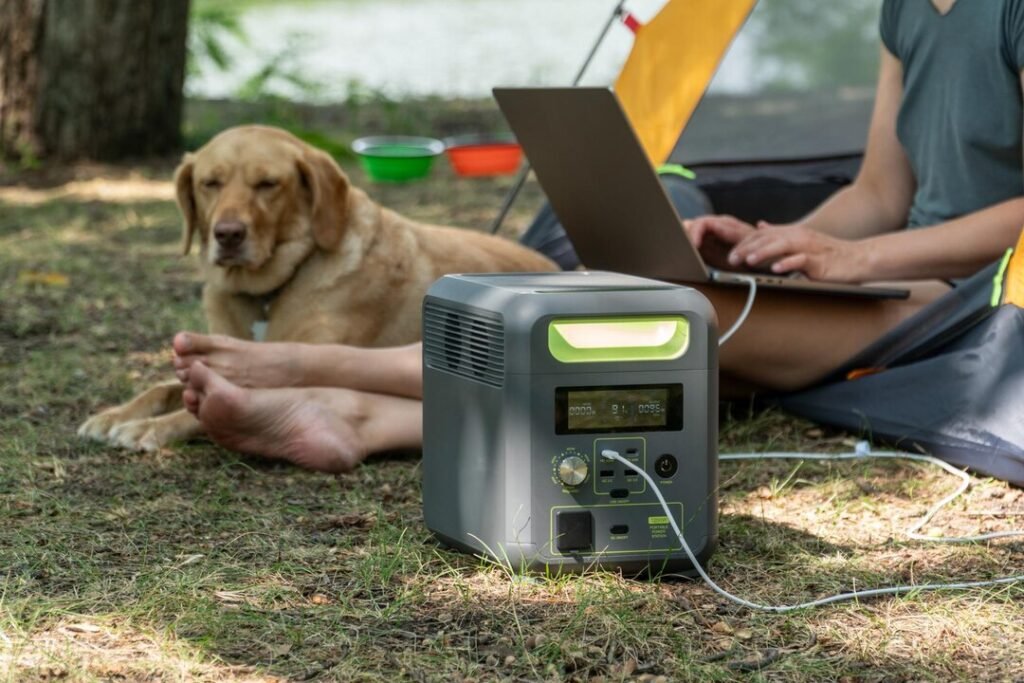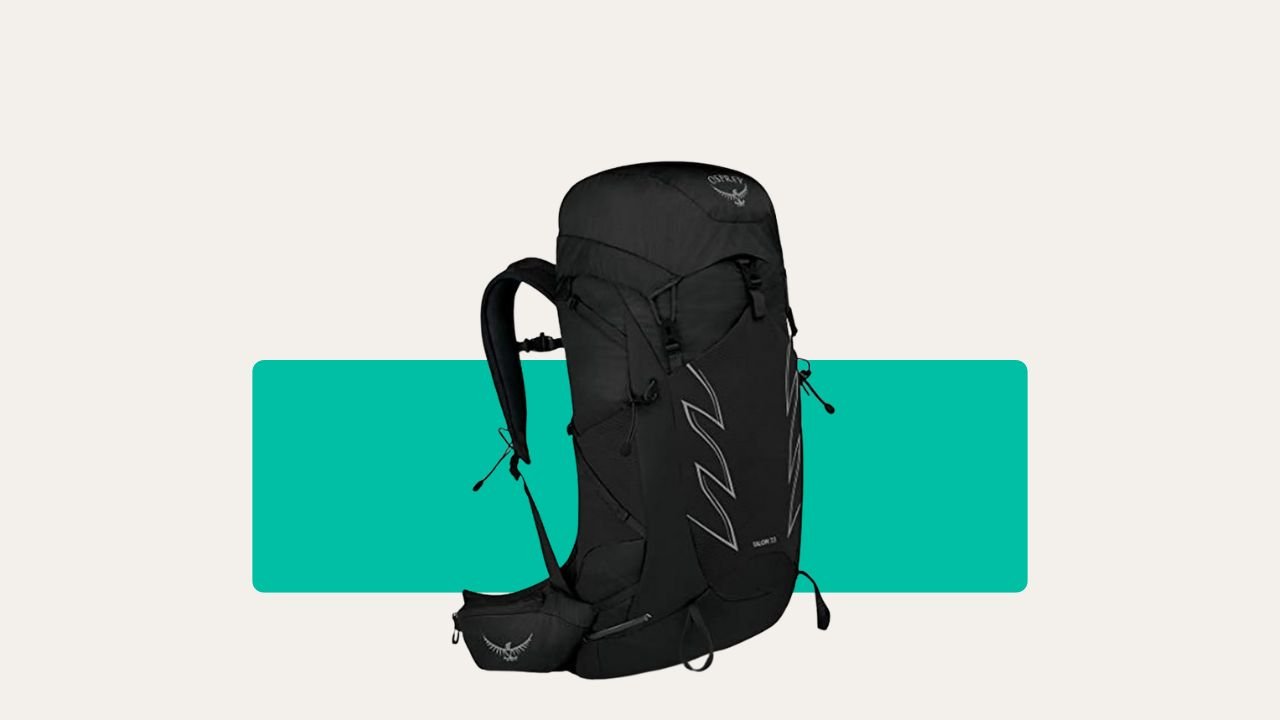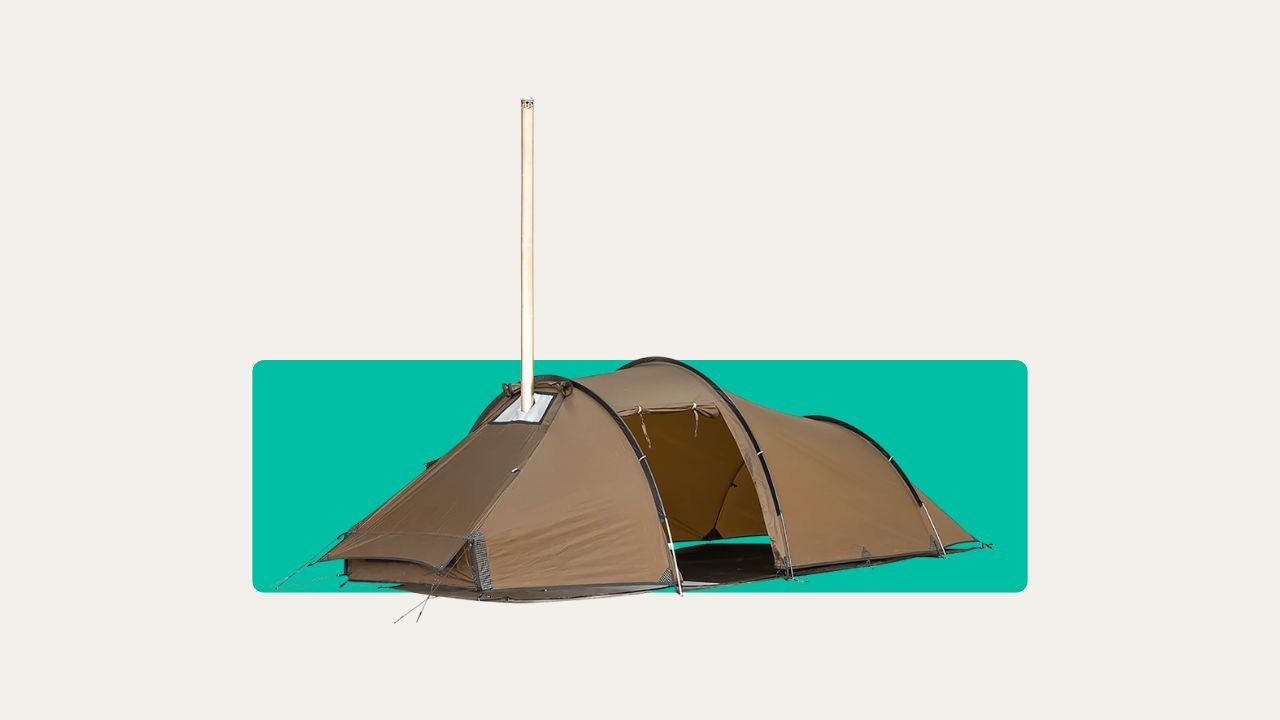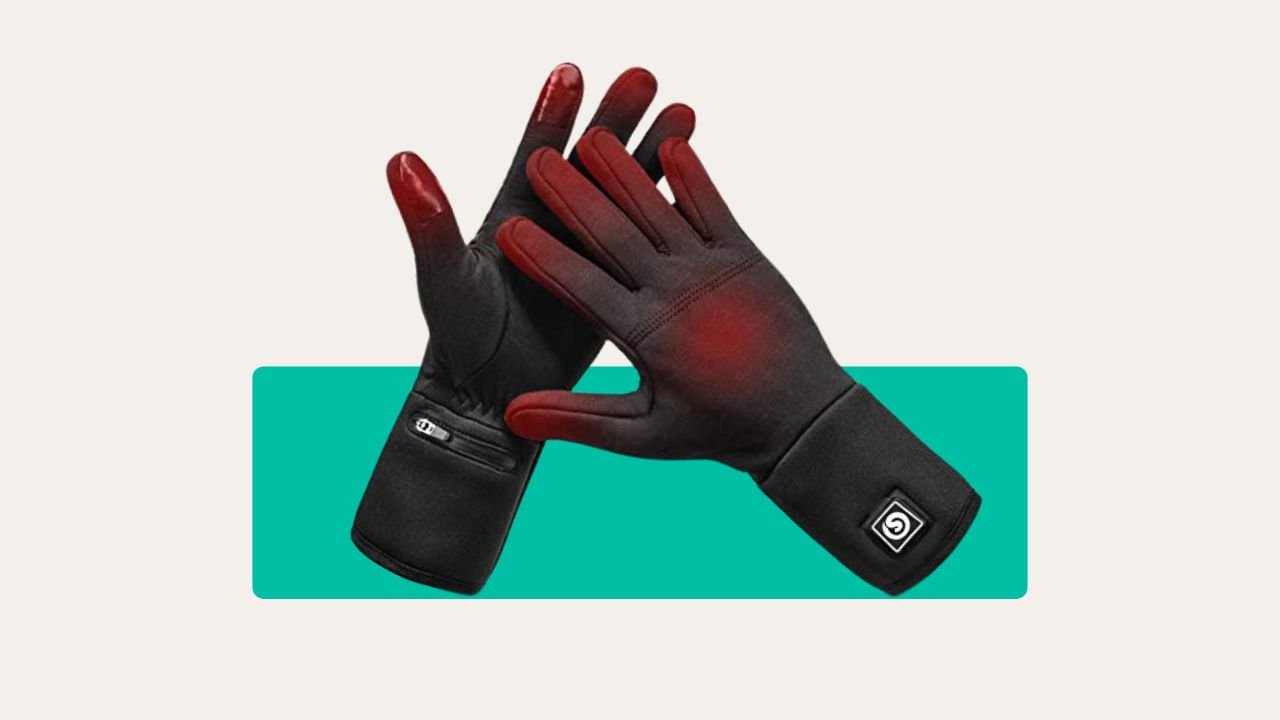If you think you just need a big battery and you’re set for anything, you’re dead wrong. I’ve seen new campers lug kitchen-sized power stations into muddy fields, only to run out of juice before dawn—or worse, fry their precious gadget with the wrong setup.
Power matters more than ever, especially with the weather we get in the UK. Let’s strip out the confusion and talk about what you actually need to know about portable power stations. No fluffy tech talk. Just what works.
Why Portable Power Stations Matter for New Campers?
When you’re camping off-grid or battling a power cut at home, a portable power station can be a life-saver. I learned this the hard way during a surprise snowstorm on Dartmoor.
My phone, torch, and heated vest all died the same night I lost my head torch in a wet ditch. A good power station could have saved my bacon—and warmed my toes.

If you’re new to this, you probably want something simple, safe, and dependable. No faff, no complicated wiring. Just a box that keeps your kit charged, your lights on, and your gear dry and working—even when the wind’s howling across the tent.
Watts: Measuring What Your Gear Actually Needs
Let’s bust a myth. More watts aren’t always better, but the right wattage is vital. Watts (W) tell you how quickly an appliance uses power. It’s like how fast water runs out of a tap. A phone charges at 10–20W. A camping kettle? More like 800–1200W.
Your power station lists two key numbers: running watts and starting watts. Running watts are what a device needs to keep going. Starting watts are a short burst—say, when a fridge compressor kicks in. If you plug a 1000W appliance into a 500W station, it either won’t turn on or it’ll trip the thing.
Seen it happen at a festival—someone tried to boil an electric kettle, and their all-in-one power box shut down, killing everyone else’s phone charge for the day.
Watt-Hours: What’s Stored in the Tank
Next mistake—confusing watts and watt-hours. They aren’t twins, just distant cousins. Watt-hours (Wh) tell you how much energy your power station can store. Think of it as the size of your fuel tank.
If your station is rated at 500Wh, that’s enough to run a 100W light for five hours (500 ÷ 100 = 5). Recharge a phone (about 10Wh per go) dozens of times. But don’t get cocky: real-world use is never perfect.
Say your fairy lights draw 2W and you want them twinkling all night. With a 500Wh station, you’d get (500 ÷ 2 = 250) 250 hours…on paper. But there’s some spillage you need to know about (we’ll get to that).
Why Watt-Hours Matter on a Windy, Wet, or Long Trip?
In the wild, more watt-hours mean the difference between warm tea at sunrise and chewing a cold flapjack in the drizzle. If you camp a few nights or need to keep a CPAP machine humming, you need bigger capacity.
But remember—weight matters too. That brute 2000Wh box weighs a tonne. I lugged one over a stony beach once. Hip nearly went out. Only get the size you’ll actually carry and use.
Campers often underestimate how quickly charging a laptop, running lights, and powering a heated blanket can empty a power station. Add up your gadgets honestly. Don’t guess.
Watts vs. Watt-Hours: Know the Difference
Let’s clear up something I see newbies muddle all the time:
| Watts (W) | Watt-Hours (Wh) | |
|---|---|---|
| What does it show? | How much power it gives or uses, right now | How much energy is stored in total |
| What does it solve? | Will my device work on this station? | How long will it run or charge my kit? |
| Car analogy | Speedometer – how fast you’re going | Odometer – how far you’ve gone |
If your gear tries to draw more watts than your station can supply, it won’t run—or it’ll trip. If you use more watt-hours than the battery holds, you’re out of power, simple as that. Both numbers matter.
Turning Watts into Watt-Hours—the Key Planning Move
Here’s the number-crunch you need. Figure out how much energy each device will use:
1. Find the device’s rated watts. It’s usually on a label or the specs—like “60W” for a lantern.
2. Estimate how many hours you’ll use it.
3. Multiply! (Watts × hours = watt-hours).
So if you use a 60W lamp for three hours, that’s 60 × 3 = 180Wh. Bought one too-small station years ago and had to scribble energy sums on a napkin by torchlight—right before my battery died. Never again.
Keep a notebook or proper list of every device you plan to run. This helps stack up your needs, rain or shine.
Efficiency Losses—Why You Never Get the Full Tank
Here’s where many campers get caught out in the wild. No power station is 100% efficient. You lose a chunk of energy to heat, voltage conversion (12V DC to 230V AC), and just general system losses.
With a spot of British drizzle and cold, efficiency drops further. Most stations run at around 80–90% efficiency. That means your 500Wh box might only give you 400–450Wh you can actually use.
One grim morning on Anglesey, I thought I had loads of juice left. But charging cameras and phones overnight (all through the AC plug, which is less efficient) drained my station much quicker than expected. Always plan on getting 10–20% less than the stated number.
Steps to Choosing the Right Power Station for Your Campsite
Here’s my no-nonsense checklist before you splash out on a new box:
1. List everything you want to power: Head torch, phone, lanterns, heated vest—write it all down.
2. Check the watt rating for each item: Don’t guess. It’s often on a sticker, or in the manual.
3. Figure out run times: Think about how many hours you’ll use each thing per day.
4. Add up total watt-hours: Multiply watts by hours for each, then add the total.
5. Multiply by 1.2: This covers efficiency loss and a bit extra for just-in-case.
6. Balance capacity and carry weight: Don’t forget, a bigger battery is heavier and bulkier. Overkill is a pain to lug.
If you’re only keeping a mobile charged and running a couple of LED lanterns, a 300–500Wh unit is often plenty. But add a heated blanket or laptop and suddenly, you’ll need 500–1000Wh or even more.
Key Points Before You Buy a Power Station for Camping in the UK
Don’t buy by headline capacity alone—look at both the surge (starting) and running watt ratings.
Always factor in the wild card: UK weather. Cold saps both your battery and efficiency, fast.
Look for stations with clear displays showing watt use and remaining hours. Saves guessing or running out unwelcome.

If you plan longer stays or want to go solar, pick one that supports solar charging (see our guide to camping solar panels).
Mind the mains: Running kettles, toasters, or heaters is a massive draw. Far better to stick to gas or campfire for hot food unless you’ve got deep pockets and a strong back.
Only use the power you need. Unplug what you don’t.
Keep the station off the damp ground—wet grass is a killer of electronics, trust me.
Practice at home! Run your setup before a trip to spot what goes flat early.
Lessons Learned—And a Final Hack
One last thing. On my last trip up the Pennines, I forgot to check my daughter’s fairy light battery size. Thought a 1000Wh power station would see us right for four nights. But with unexpected cold pulling more power to keep kit warm, I nearly ran out. Next time, I’ll always pack a small backup power bank—belt and braces.
Camping isn’t about fancy gear, it’s about having enough comfort and safety to actually enjoy the outdoors—even when the rain’s coming sideways. Know your watts and watt-hours, pick the right-sized station for your needs, and go make your own “best campsite ever”—even if it’s in a muddy field, not a glossy Instagram square.
If you want gear recommendations or real-world reviews, check out our tested list of best camping power banks and stations.
Power smart, camp happy—and always pack a torch.








